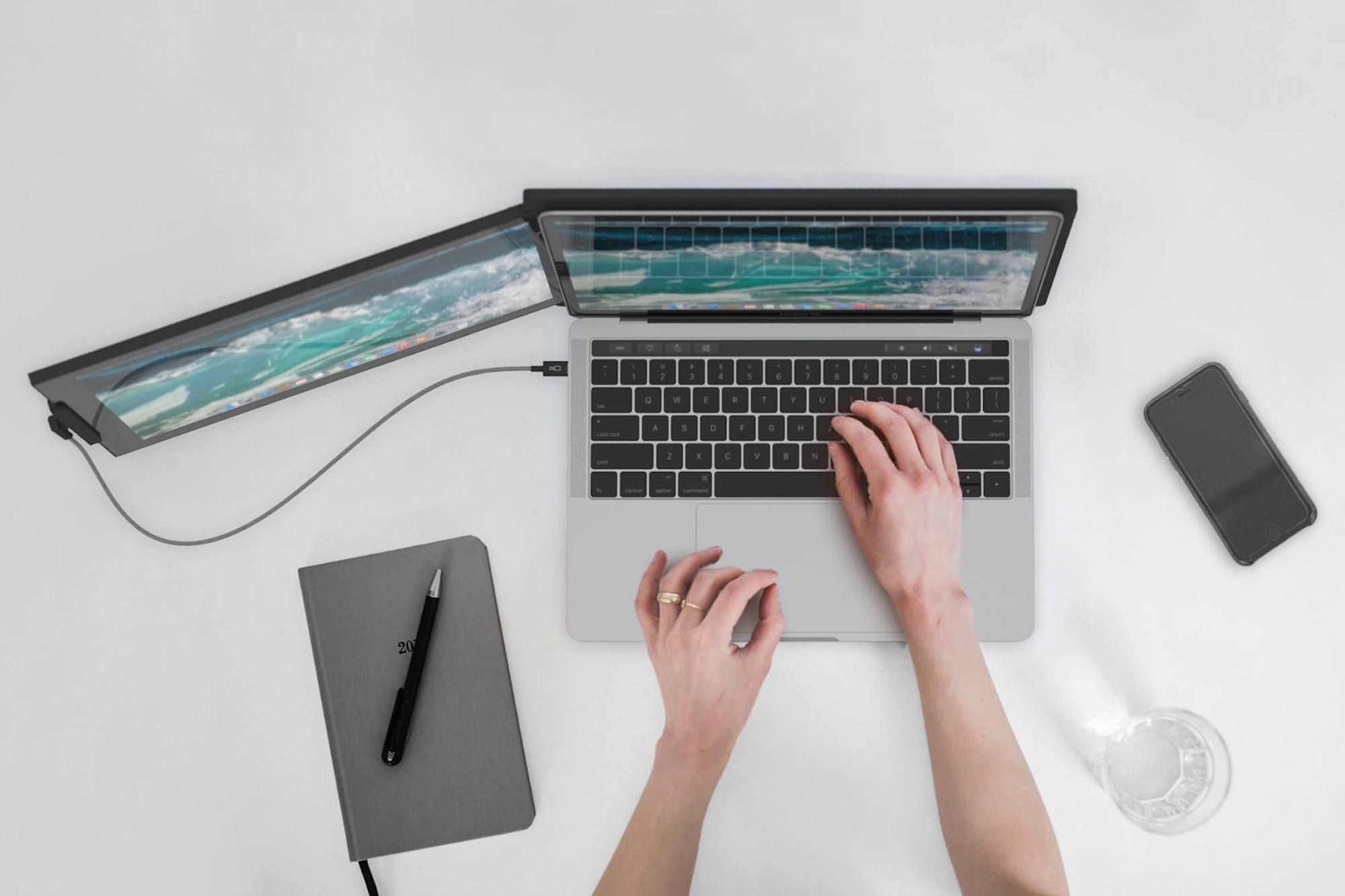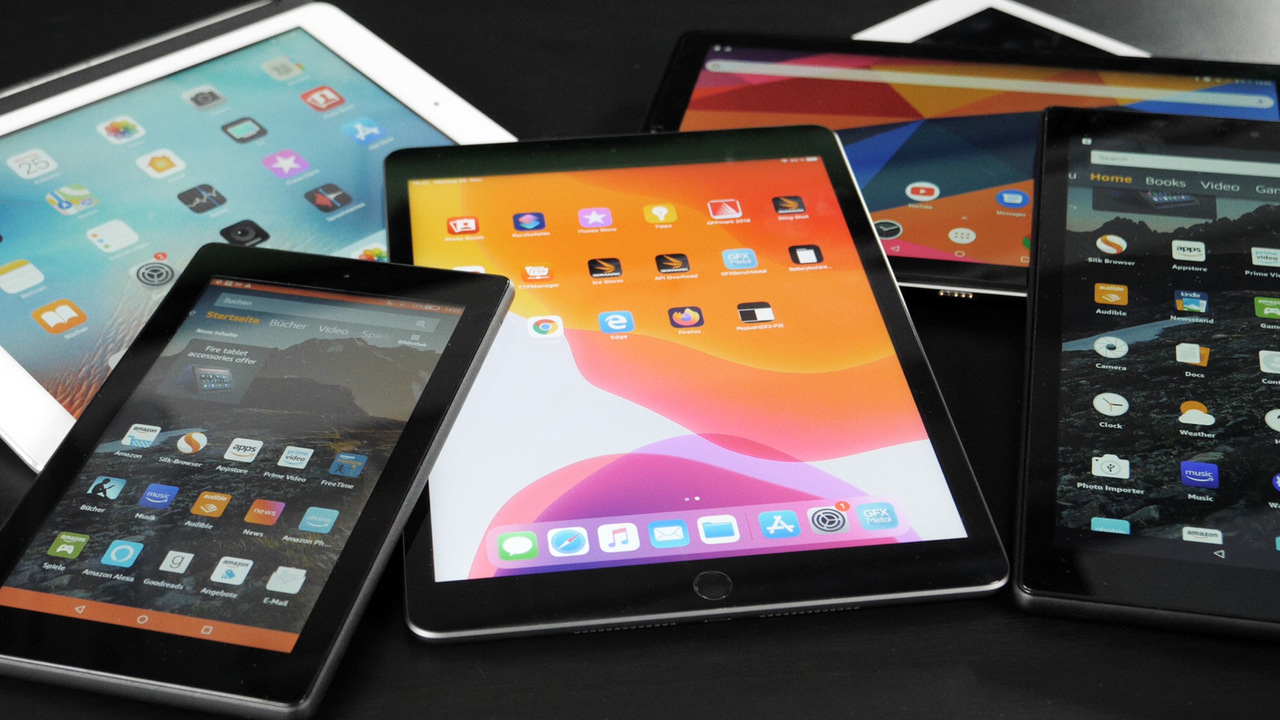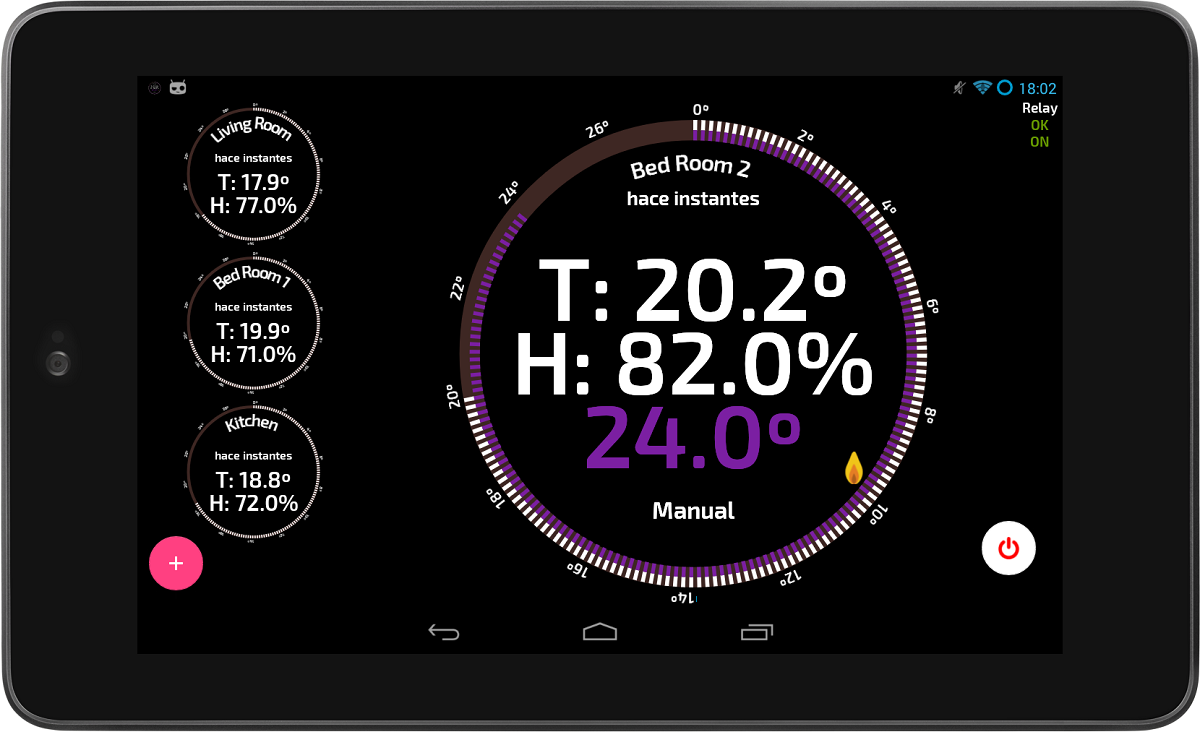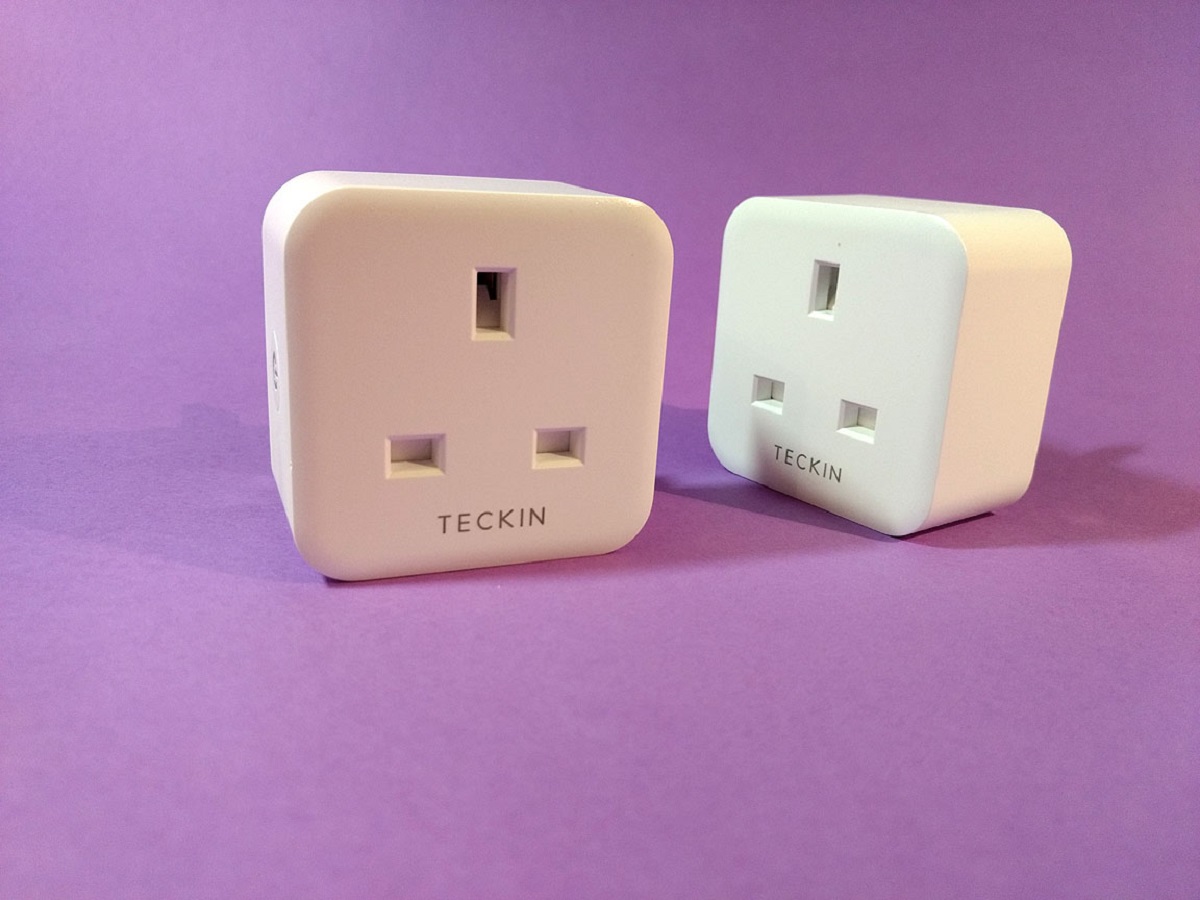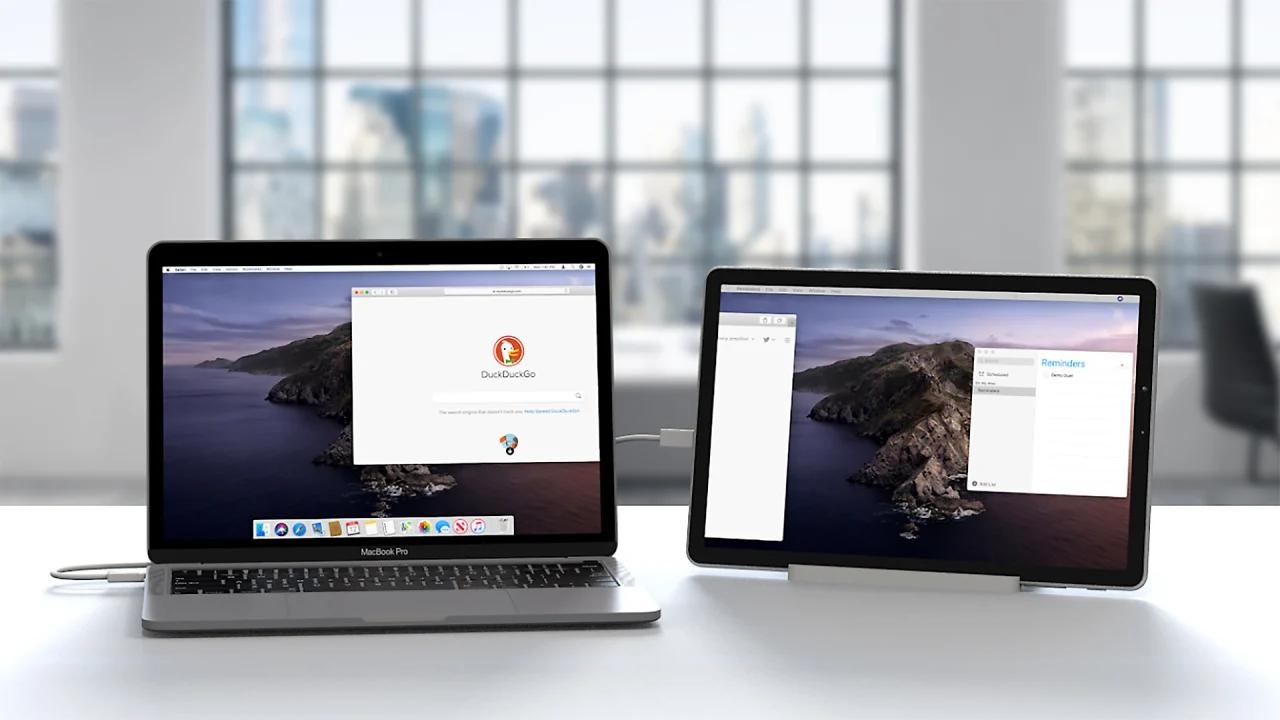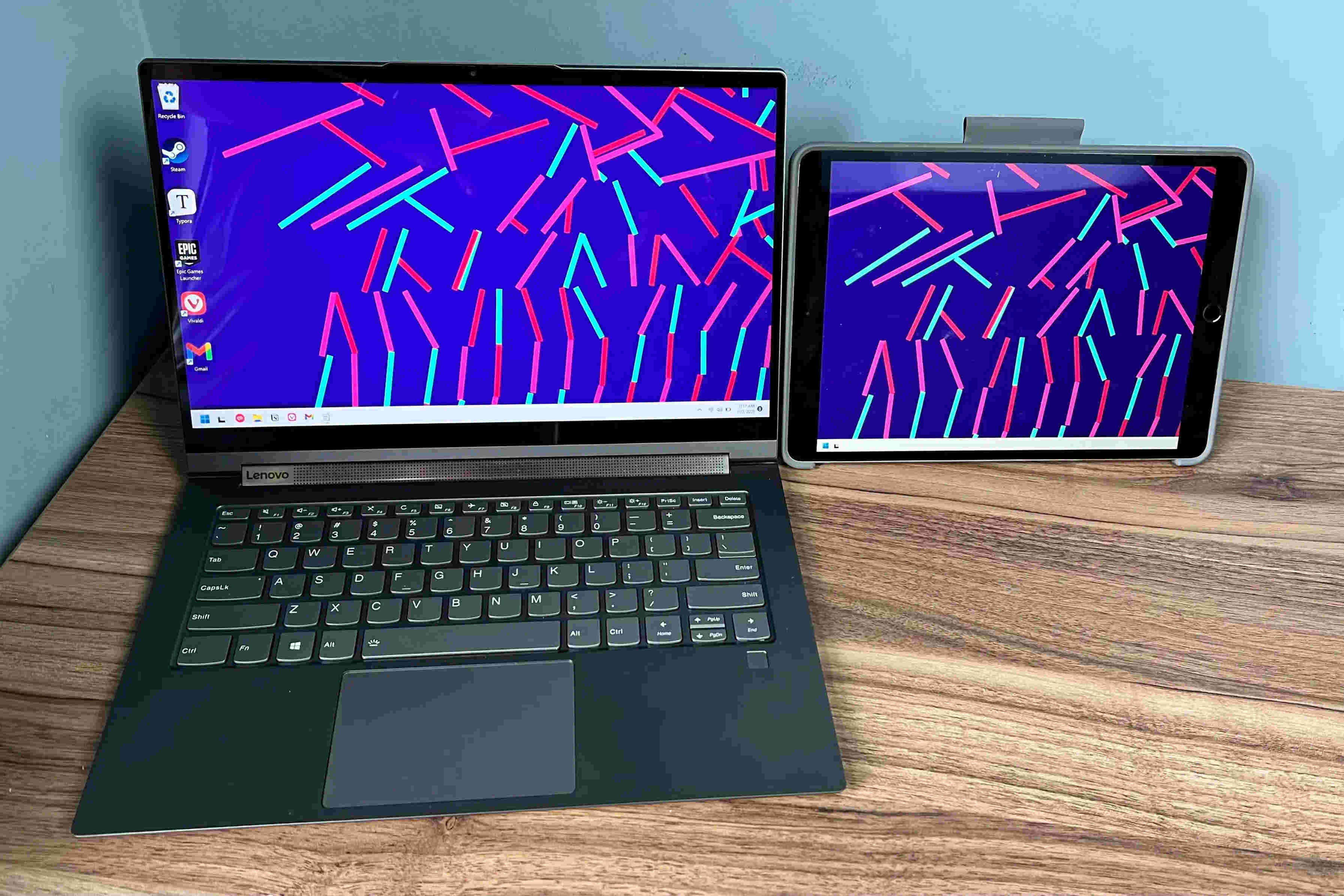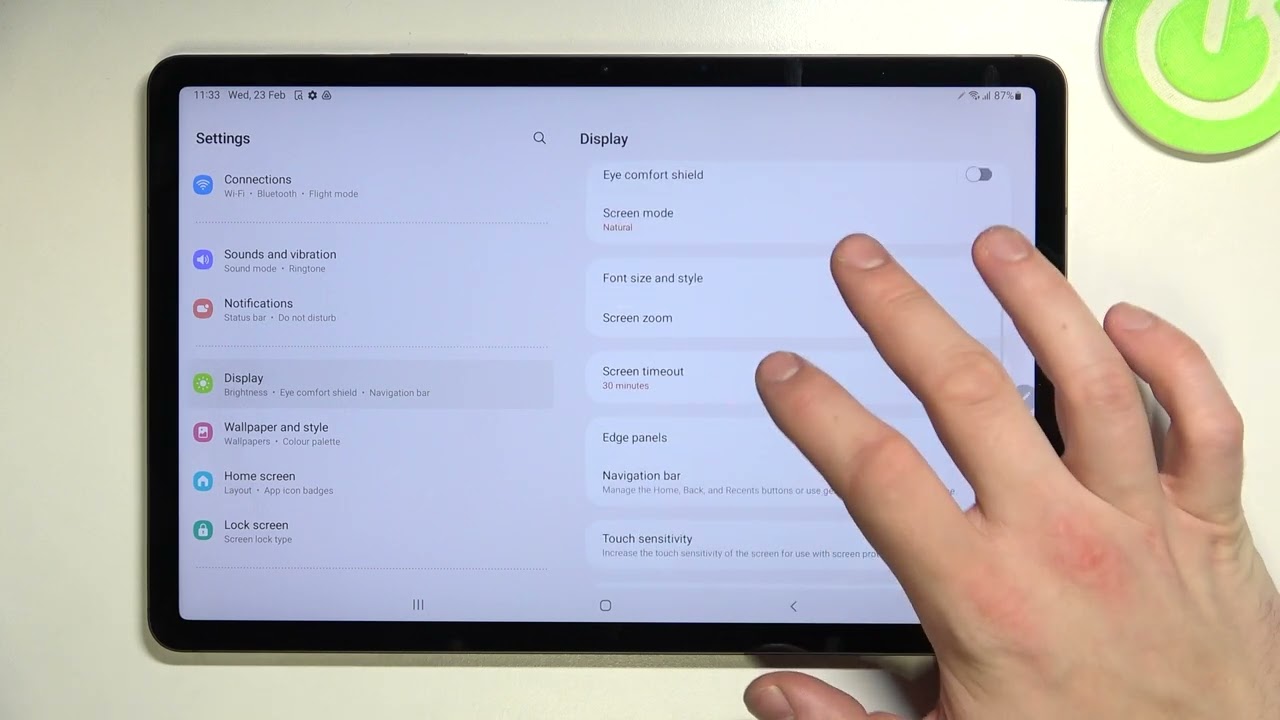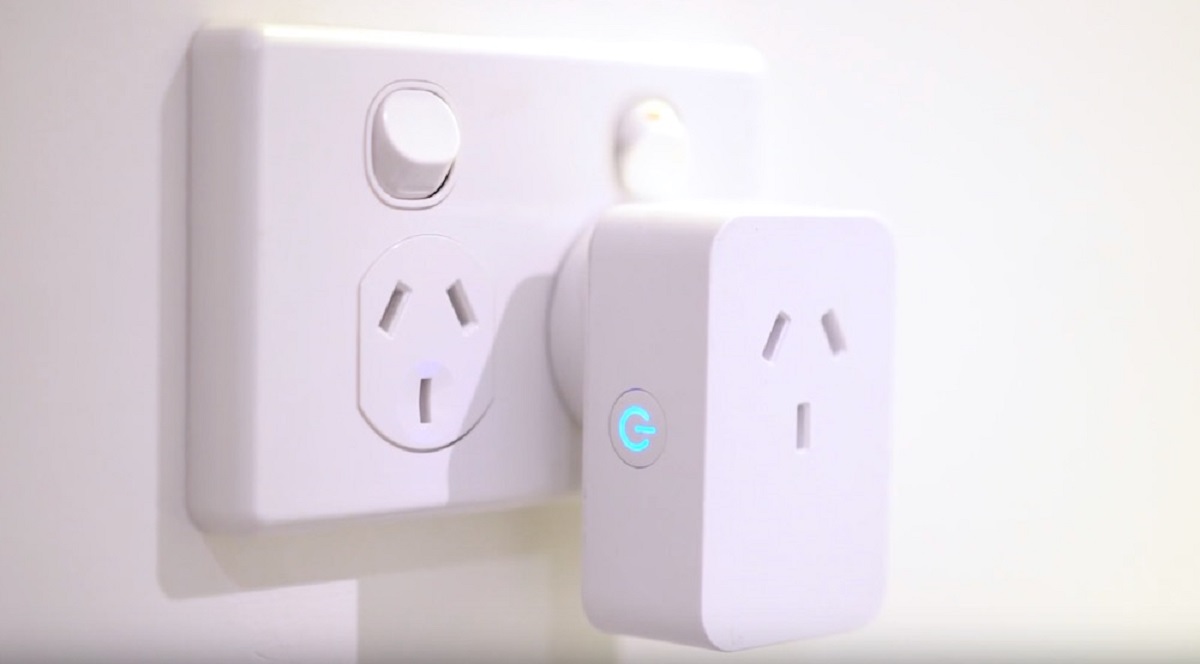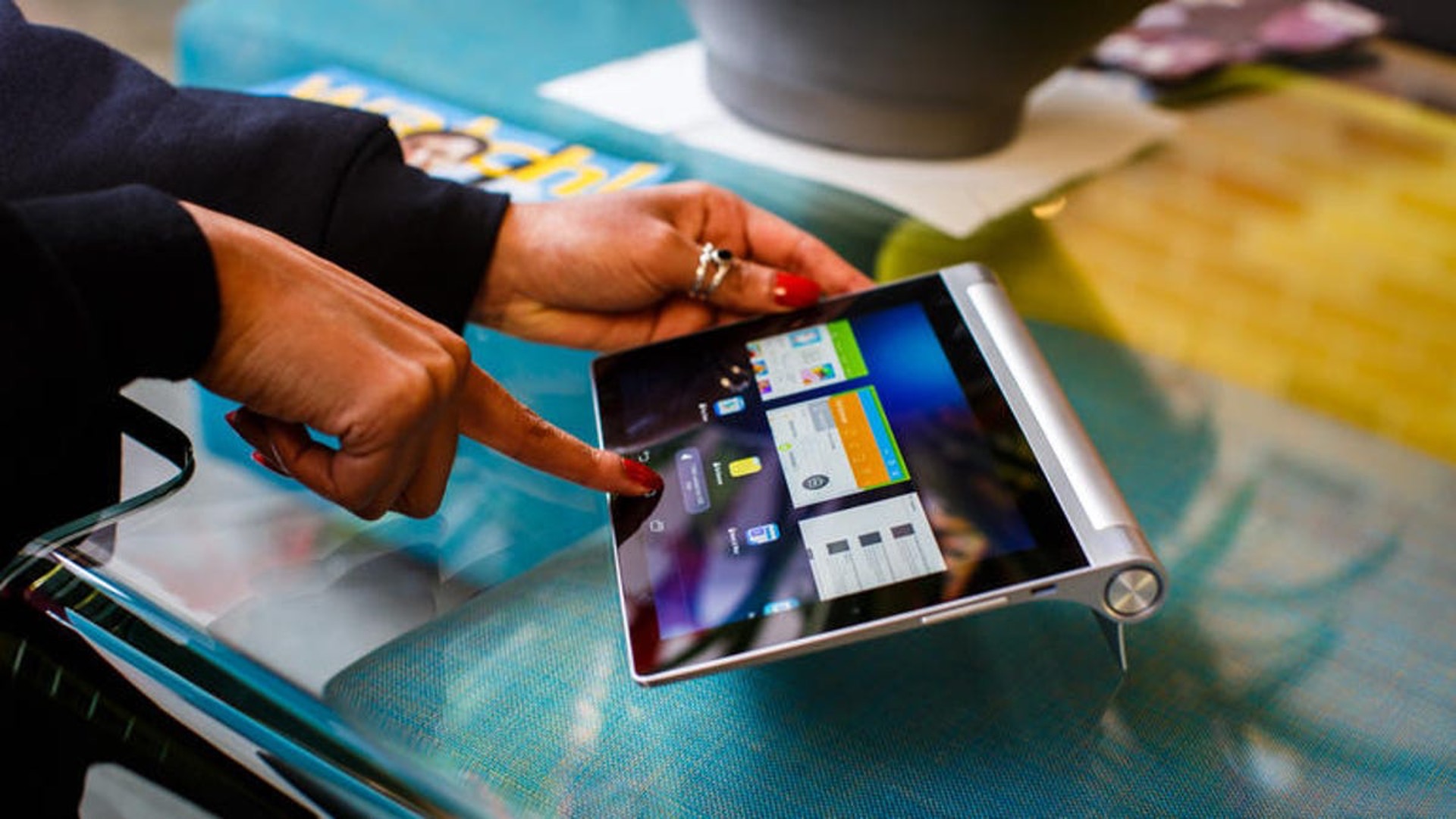Introduction
In today’s digital age, where multitasking and productivity are paramount, many individuals are looking for innovative ways to expand their workspace without investing in additional hardware. If you own a tablet and want to harness its potential as a monitor, you’re in luck. With the right apps and a few simple steps, you can transform your tablet into a fully functional second monitor, providing you with more screen real estate and flexibility to enhance your workflow or enjoy entertainment on a larger display.
Gone are the days when tablets were solely used for browsing the internet or playing games. Now, you can harness the power of your tablet and extend the usability of your desktop or laptop. Whether you’re a creative professional, a student, or simply someone who wants to increase their productivity, turning your tablet into a monitor can provide a host of benefits.
With an additional monitor, you can have multiple applications and programs open simultaneously, eliminating the need to constantly switch between windows. It can also be a game-changer for professionals who need to work on multiple projects or documents simultaneously. Additionally, if you enjoy watching movies or streaming content, using your tablet as a monitor can provide a more immersive experience.
In this guide, we will walk you through the steps to turn your tablet into a monitor, exploring the necessary apps, connection methods, and configuration options. By following these steps, you can unlock the full potential of your tablet, giving you the flexibility and convenience of an extended workspace. So, let’s dive in and learn how to transform your tablet into a monitor!
Step 1: Check if your tablet supports being used as a monitor
Before you begin the process of turning your tablet into a monitor, it’s essential to check if your tablet is capable of functioning in this way. While many newer tablets come equipped with the necessary features, older models may not support this functionality. To determine if your tablet can be used as a monitor, follow these simple steps:
- Check the manufacturer’s website: Visit the official website of your tablet’s manufacturer and search for information regarding its ability to function as a monitor. Look for any documentation or FAQs that specifically mention this feature.
- Read user manuals and documentation: Refer to the user manual or any accompanying documentation that came with your tablet. Look for any instructions or details on using your tablet as an extended display. If you no longer have the manual, you can usually find a digital copy on the manufacturer’s website.
- Online forums and communities: Utilize online forums and communities dedicated to your specific tablet model. Engage with other users who have attempted to turn their tablets into monitors and ask for their experiences and recommendations. This can be a valuable source of insight and may help you determine if your tablet is compatible.
If you discover that your tablet does not support being used as a monitor, don’t worry. There are alternative solutions available, such as using third-party software or investing in external hardware, that can still fulfill your need for additional screen space. However, if your tablet is compatible, proceed to the next steps to unlock its potential as a versatile monitor for your workspace or entertainment needs.
Step 2: Install the necessary apps on your tablet and the desktop or laptop
To begin using your tablet as a monitor, you’ll need to install specific apps on both your tablet and the desktop or laptop that you want to extend. These apps will facilitate the connection and communication between the two devices. Here’s what you need to do:
- Research suitable apps: Look for apps that are compatible with your tablet’s operating system (Android or iOS) and your computer’s operating system (Windows or macOS). There are several popular apps available, such as Duet Display, iDisplay, and Splashtop Wired XDisplay, that are known for their reliability and performance.
- Download and install the app on your tablet: Go to the respective app store for your tablet and search for the app you’ve chosen. Download and install the app on your tablet just like you would with any other app.
- Download and install the app on your computer: Visit the official website of the app you’ve selected and download the desktop or laptop version of the app. Follow the installation instructions provided and ensure that the app is successfully installed on your computer.
- Open the app on both devices: Launch the app on your tablet and computer to ensure that they are both running simultaneously.
It is important to note that some apps may require a one-time purchase or a recurring subscription to unlock all of their features. Be sure to review the pricing details and any in-app purchases before proceeding. Additionally, make sure that both your tablet and computer are connected to the same local network or have a stable USB connection before attempting to connect them using the app.
Once you have successfully installed the necessary apps on both your tablet and computer, you are ready to move on to the next step: connecting your tablet and computer to establish the extended display.
Step 3: Connect your tablet and computer via a USB cable or Wi-Fi
Now that you have the required apps installed on your tablet and computer, it’s time to establish a connection between the two devices. There are typically two methods to connect them: via a USB cable or over Wi-Fi. Here’s how to do it using both methods:
- USB Cable Connection:
- Connect your tablet to your computer using a compatible USB cable.
- On your tablet, open the app that you installed in the previous step.
- On your computer, ensure that the app is running and ready to connect.
- The app on both devices should detect the connection automatically and establish a connection.
- Wi-Fi Connection:
- Ensure that your tablet and computer are connected to the same Wi-Fi network.
- Open the app on both devices.
- On your tablet, search for available devices or computers that can be connected. Select your computer from the list.
- If prompted, enter a verification code or PIN on your tablet or computer to authenticate the connection.
- Once the devices are successfully connected, you should see your tablet screen acting as an extended display for your computer.
It’s important to note that the method of connection may vary slightly depending on the app you are using. Some apps may have additional settings or options that you can customize to optimize the display. Refer to the app’s documentation or help section for any specific instructions related to the connection process.
Once you have successfully connected your tablet and computer, you can proceed to the next step: configuring the tablet as a second monitor.
Step 4: Configure the tablet as a second monitor
With your tablet and computer successfully connected, it’s time to configure your tablet as a second monitor. This step ensures that the extended display functions properly and allows you to utilize the additional screen space effectively. Follow these steps to configure your tablet as a second monitor:
- Launch the app on your computer and tablet if they are not already open.
- On your computer, access the display settings. This can usually be done by right-clicking on the desktop and selecting “Display settings” or by going to the system settings menu.
- In the display settings, you should see your tablet listed as an additional display. Select your tablet from the list.
- Adjust the display settings as per your preference. You can set the resolution, orientation, and other relevant settings to match your requirements.
- Drag and arrange the display icons to represent the physical placement of your tablet in relation to your primary monitor. This ensures that your cursor moves seamlessly between the two screens.
- Apply the changes and save the settings.
It’s worth mentioning that depending on the app you are using, there may be additional settings or options available to customize your second monitor’s behavior. Explore the app’s settings to see if there are any specific features that can enhance your user experience.
Once you have configured your tablet as a second monitor, you’re ready to move on to the next step: adjusting display settings and customizing your setup according to your preferences.
Step 5: Adjust display settings and customize your setup
Now that your tablet is functioning as a second monitor, it’s time to fine-tune the display settings and customize your setup according to your preferences. Adjusting the display settings allows you to optimize the visual experience and make the most of the extended workspace. Follow these steps to adjust the display settings and customize your setup:
- Open the display settings on your computer by right-clicking on the desktop and selecting “Display settings” or accessing the system settings menu.
- Select the tablet display from the list of available displays.
- Adjust the resolution, orientation, and scaling settings to ensure that the content is displayed clearly and fits your needs.
- Explore additional settings, such as color calibration, brightness, and contrast, to personalize the visual experience of your tablet as a monitor.
- Consider enabling features like screen mirroring, extended mode, or duplicating the primary display to leverage the capabilities of your tablet effectively.
- Experiment with different window arrangements and positioning to find the layout that works best for your workflow.
Furthermore, some apps may offer additional customization options that allow you to tweak various aspects of the extended display. Take some time to explore the settings within the app to see if there are any adjustments or features that can enhance your productivity or viewing experience.
Remember that the primary purpose of customizing your setup is to create a comfortable and efficient workflow. Take into consideration factors such as font sizes, icon placement, and color schemes that make it easier for you to navigate and interact with applications on your tablet as a monitor.
Once you have adjusted the display settings to your liking and customized your setup, you are ready to start using your tablet as a monitor for work or entertainment. Enjoy the benefits of the extended display and elevate your productivity or entertainment experience!
Step 6: Use your tablet as a monitor for work or entertainment
Congratulations! You have successfully transformed your tablet into a monitor, expanding your workspace and unlocking new possibilities for productivity and entertainment. Now, let’s explore how you can make the most of your tablet as a monitor.
For Work:
- Extend your workspace: Use your tablet as an extended display to open additional windows, view multiple documents simultaneously, or spread out your design projects.
- Increase productivity: Take advantage of the extended screen space to keep important tools, reference materials, or communication applications readily accessible while working on your primary monitor.
- Collaborate effectively: With your tablet as a secondary monitor, it becomes easier to collaborate with colleagues. Use one screen for video conferences, presentations, or document sharing while utilizing the other screen for note-taking or reference.
For Entertainment:
- Watch movies and stream content: Enjoy a cinematic experience by using your tablet as a larger display to watch movies, TV shows, or your favorite streaming platforms.
- Play games on a larger screen: Connect your tablet as a monitor and immerse yourself in gaming with a bigger display and enhanced visuals.
- Create a media center: Transform your tablet into a dedicated media center, streaming videos, playing music, or showcasing your photo gallery.
Remember to adjust the display settings according to the specific requirements of the task at hand. You may want to increase the resolution or customize the color settings for optimal viewing, depending on the application or content you are working with.
Finally, make sure to disconnect and reconnect your tablet as a monitor as needed. When you’re finished using your tablet as a monitor, simply close the app on both devices or disconnect the USB cable to revert to your regular display setup.
By utilizing your tablet as a monitor, you have expanded the capabilities of your workspace, increased productivity, and enhanced your entertainment experience. Enjoy the flexibility and convenience of a second screen, and make the most of your tablet’s potential!
Conclusion
In this guide, we have explored the step-by-step process of turning your tablet into a monitor, providing you with a versatile and flexible workspace or entertainment setup. By following these steps, you can make the most of your tablet’s potential and enjoy the benefits of an extended display.
We began by checking if your tablet supports being used as a monitor and installing the necessary apps on both your tablet and computer. Then, we connected the two devices using either a USB cable or a Wi-Fi connection. Once the connection was established, we configured the tablet as a second monitor, adjusting the display settings and customizing the setup according to your preferences.
Finally, we discussed how you can effectively use your tablet as a monitor for work or entertainment. Whether you’re extending your workspace for enhanced productivity, collaborating with colleagues, or enjoying movies and games on a larger screen, your tablet as a monitor opens up a world of possibilities.
Remember to fully explore the capabilities and features offered by the apps you use, as they may provide additional customization options to enhance your experience. Experiment with different layouts and arrangements to find the setup that works best for you.
In addition to the practical benefits, turning your tablet into a monitor allows you to maximize your investment and extend the lifespan of your device. It offers a cost-effective solution for those who need extra screen space without the need to invest in additional hardware.
Now that you have learned how to turn your tablet into a monitor, it’s time to put your newfound knowledge into action. Enjoy the convenience, flexibility, and productivity that come with an extended workspace. Whether you’re a professional, student, or hobbyist, the ability to utilize your tablet as a monitor will undoubtedly enhance your workflow and entertainment experience.
So, gather your tablet, follow the steps outlined in this guide, and unlock the full potential of your device as a second monitor. Embrace the endless possibilities and make the most of your technological tools!







